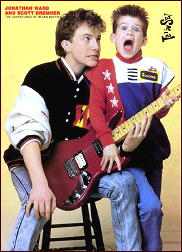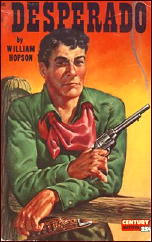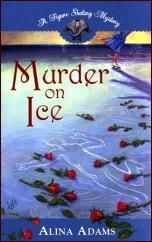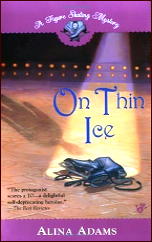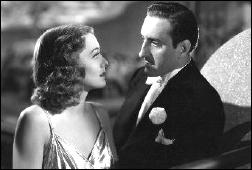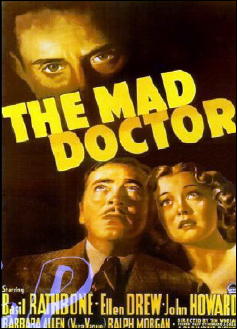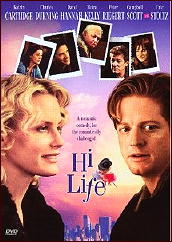PATRICIA McGERR – …Follow, As the Night… Macfadden, paperback reprint, 1968. Previously: Dell #612, paperback, 1952. First published by Doubleday Crime Club, hardcover, 1950.
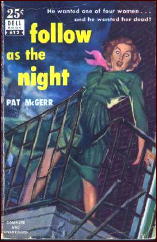
Patricia McGerr seems to have a split career as a mystery writer, and if I’m wrong on some of these titles and in which category they fall, perhaps somebody reading this can quickly steer me in the right direction.
Here’s a list of the titles of the first eight books she did, all for Doubleday’s noted Crime Club series:
Pick Your Victim, 1946.
The Seven Deadly Sisters, 1947.
Catch Me If You Can, 1948.
Save the Witness, 1949.
Follow, As the Night, 1950.
Death in a Million Living Rooms, 1951.
Fatal in My Fashion, 1954.
After a gap of about ten years, the following grouping came along, with the last three published in hardcover by Robert B. Luce, Inc., a firm about which I know nothing, except that its primary mystery output was by McGerr.
Is There a Traitor in the House? 1964. [Selena Mead]
Murder Is Absurd, 1967.
Stranger with My Face, 1968.
For Richer, for Poorer, Till Death, 1969.
Legacy of Danger (collection of short stories fixed up as a novel) 1970. [Selena Mead]
And then the last grouping consists of two paperback originals:
Daughter of Darkness, Popular Library, 1974.
Dangerous Landing, Dell, 1975.
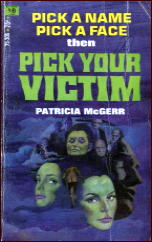
To take the last two first, this is a guess, but from the titles they appear to be very much akin to the ubiquitous gothic novels which were very popular at the time.
Working backward, the middle grouping might be characterized by the Selena Mead counterespionage novels, which two of them are. Someone else will have to say for sure what the other three are — spy thrillers, malice domestic, or a mixture of each, called romantic suspense?
Most of McGerr’s fame today, of which there is not nearly enough, resides in the first grouping, which include some of the strangest and possibly unique detective novels ever written.
I’ve read Pick Your Victim, and it’s not one I’ll easily forget. We know there has been a murder done, who has committed it, and from only scraps of evidence is the identity of the victim eventually deciphered. A summary I’ve found of The Seven Deadly Sisters suggests that McGerr upped the puzzle twofold: neither the killer nor the victim is known, and the identities of both have to be worked out.
…Follow, As the Night… (complete with double ellipses, at least in the paperback version) is very much in the same category. In a brief prologue, we learn someone has died, and in Chapter One, we find the killer (identity known) planning a dinner party, with one of those invited being the person he intends to become the victim of a fatal accident.
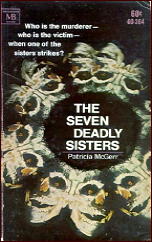
Invited are Larry Rock’s two ex-wives (one not yet divorced), his mistress, and his current fiancée, who is also — as if this were not enough — pregnant. It makes for quite an evening. In fact that’s all the time it takes for the events of the entire book to transpire; that is, if flashbacks don’t count.
The detective per se is Rock’s first wife, who arrives early and finds the loose railing on the penthouse balcony. Knowing exactly what he intends to do, her problem, identify the victim — which may be her!
The bulk of the book is a character study, then, of a cad, a word that I don’t use very often, but it certainly fits both the period (the late 1940s) and the man. Problem: I knew how the book was going to come out as of page 10, and while there was a good chance that I was wrong, I wasn’t.
The gimmick didn’t work, in other words, or not for me, but the character study did. It’s not enough for an unqualified recommendation, but from the perspective of a clever approach to a detective novel, it’s certainly worth reading.

